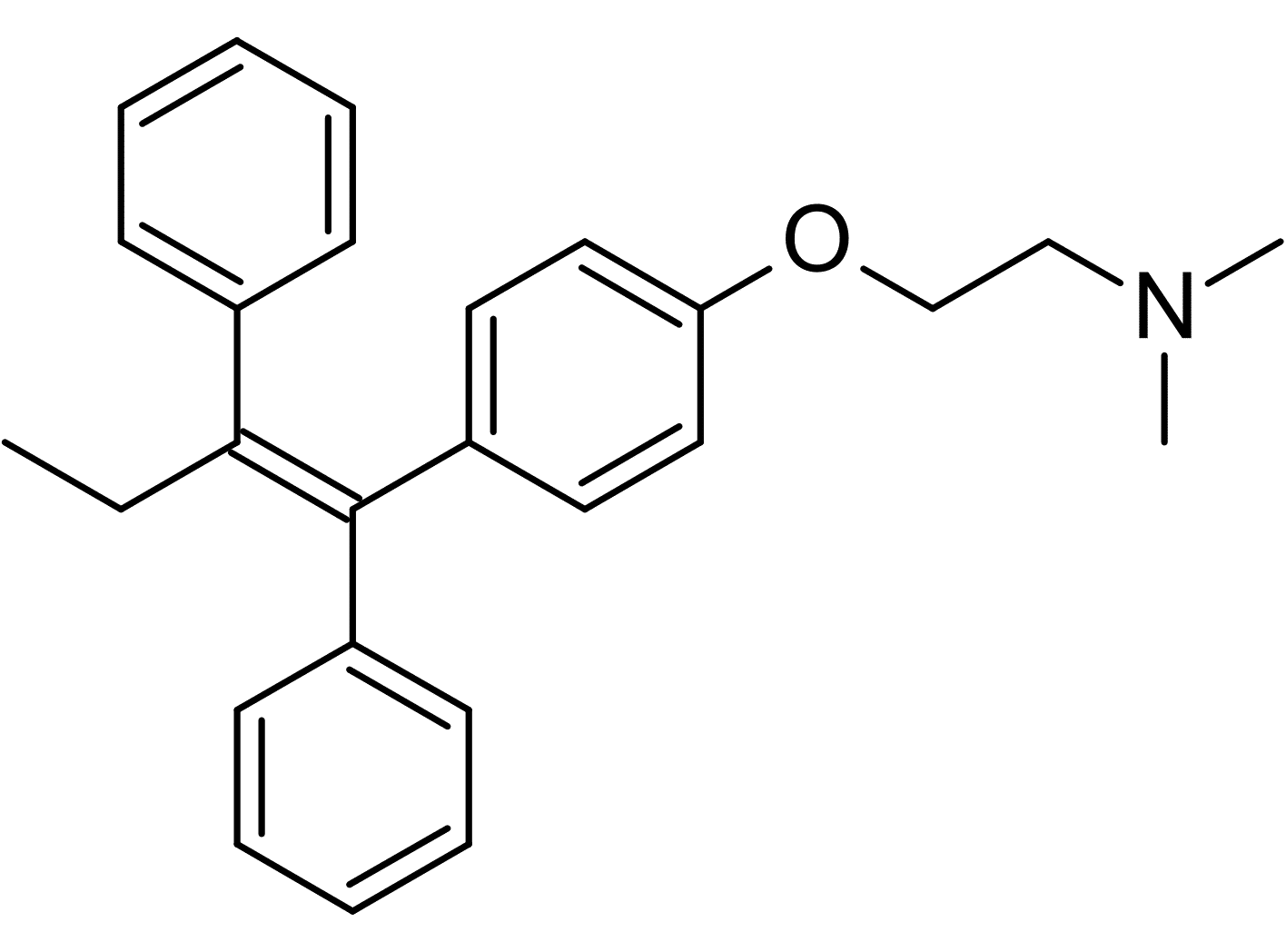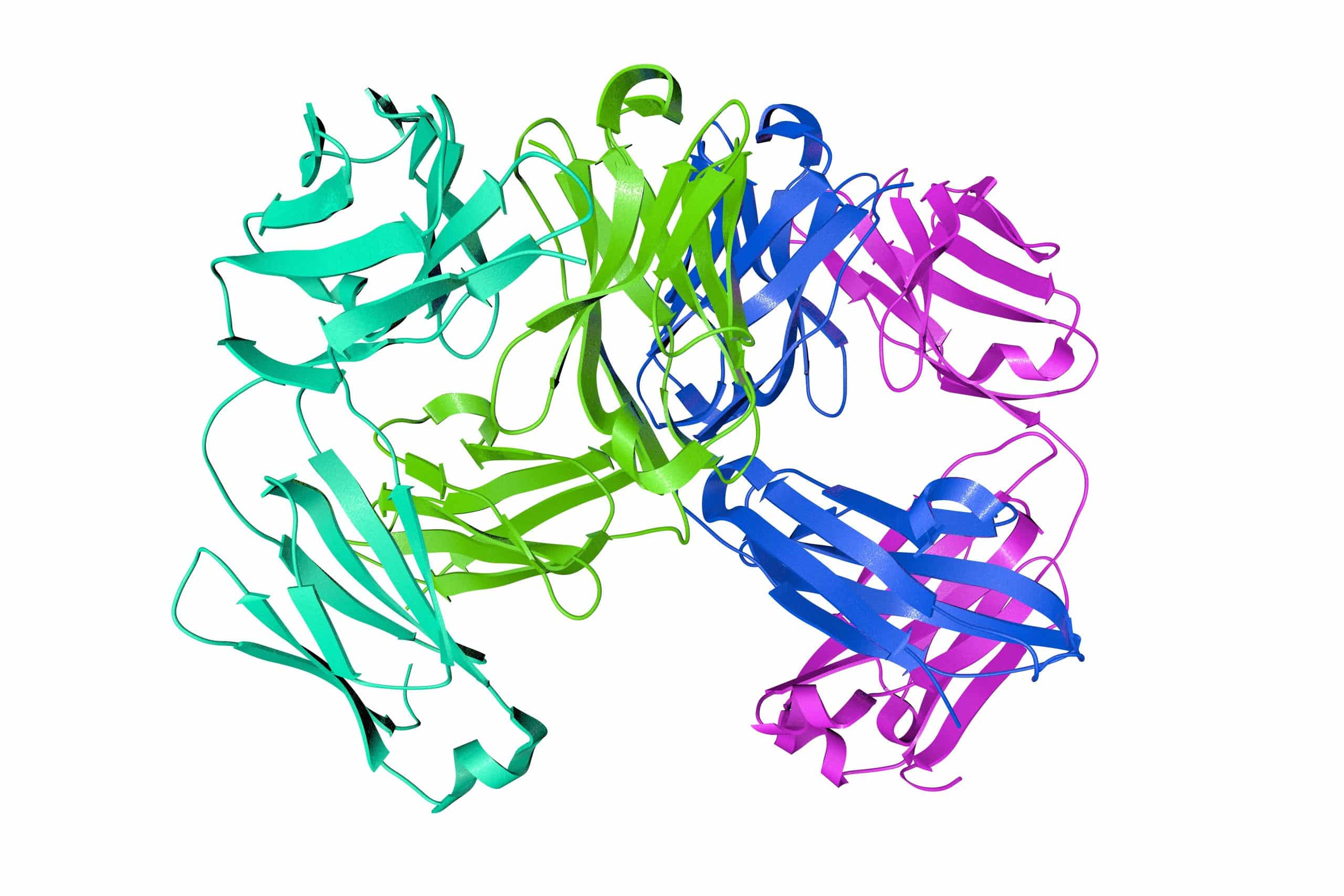Introduction
All breast cancers should be treated following discussion in a multidisciplinary team (MDT) meeting. The breast MDT includes oncologists, breast surgeons, radiologists, pathologists, and breast cancer specialist nurses. They balance patient factors and tumour factors (size, biology, focality, and spread) to determine the most appropriate management plan.
Treatments can comprise combinations of surgery, radiotherapy, endocrine therapy, chemotherapy, and immunotherapy, discussed in more detail below.
Endocrine Treatment
In oestrogen-receptor (ER) positive breast cancers, tumour growth can be driven by oestrogen binding at the oestrogen receptor and endocrine treatments will target this pathway. Endocrine treatments include both selective oestrogen receptor modulators (SERMs), e.g. tamoxifen, and aromatase inhibitors, e.g. letrozole
Endocrine treatment selection is generally based upon patients’ menopausal status. Pre-menopausal women depend primarily upon ovarian oestrogen production (an aromatase independent process), which renders aromatase inhibitor use in this group ineffective without ovarian suppression. As such, tamoxifen is offered to pre-menopausal ER positive breast cancer patients, and aromatase inhibitors (such as letrozole) are offered to post-menopausal ER positive breast cancer patients.
Endocrine treatments can be given alongside other breast cancer treatments (adjuvant) or alone (primary endocrine therapy). Primary endocrine therapy may be considered in frail or co-morbid patients who may not tolerate surgery and / or chemotherapy.
Immunotherapy
Immunotherapy, also termed antibody therapies, are a range of monoclonal antibody treatments designed to target specific receptors or proteins that certaim cancer cells produce. These drugs act to slow cancer cell growth and/or generate host immune responses against the cancer cells.
One example is the human epidermal growth factor receptor (Her-2) which is expressed strongly in 15-20% of breast cancers. Herceptin (Trastuzumab, Fig. 2) is a monoclonal antibody that binds to the Her-2 receptor, which acts to halt the cell cycle and induce an immune response against the bound tumour cell.
Chemotherapy
Chemotherapy can be used in localised or advanced breast cancer. It has been found to reduce breast cancer recurrence risk and mortality. Benefit can vary greatly from case to case depending on patient and disease factors.
In general, chemotherapy* is more beneficial in younger patients, in larger tumours, high grade disease, and in disease with local or distant spread. Tumour biology (including receptor status) can also influence chemotherapy benefit; indeed, many patients with ER positive tumour types will gain little or no benefit from chemotherapy.
The decision to offer chemotherapy is often complex, with benefit balanced against chemotherapy toxicity. Gene expression assays have been developed to aid chemotherapy decision making, assessing tumour biology directly to determine recurrence risk and can be used in patients where chemotherapy benefit is otherwise indeterminate.
Chemotherapy can be considered prior to surgery, to reduce tumour size (so as to facilitate breast conserving surgery when initial tumour size would only allow for mastectomy) and to assess tumour response to treatment. Tumour response can be determined on the basis of radiological response or histology when surgical excision follows chemotherapy.
*Chemotherapy regimes in breast cancer can generally include anthracycline (doxorubicin, epirubicin), taxane (paclitaxel, docetaxel) and platinum-based treatments
Key Points
- A wide array of medical and surgical options are available for treatment of breast cancer including surgery, radiotherapy, endocrine therapy, chemotherapy, and immunotherapy
- Decisions for treatment is made based upon cancer size, degree of spread, receptor status, and patient factors


